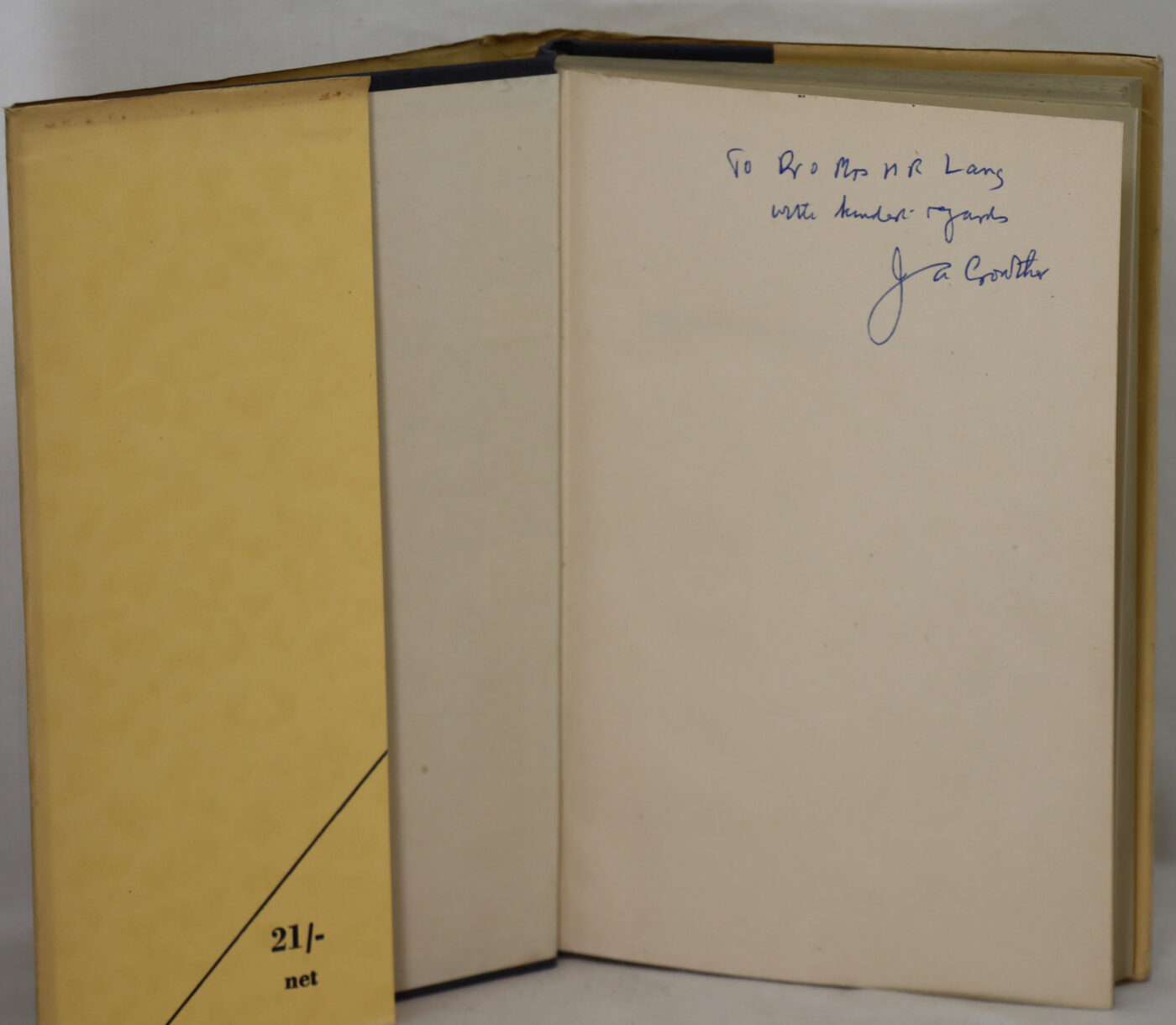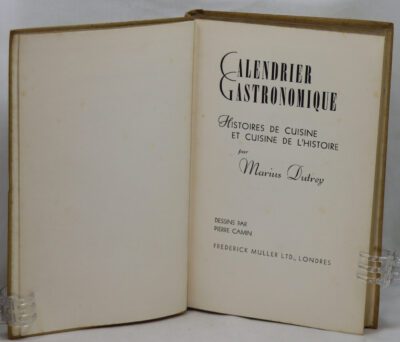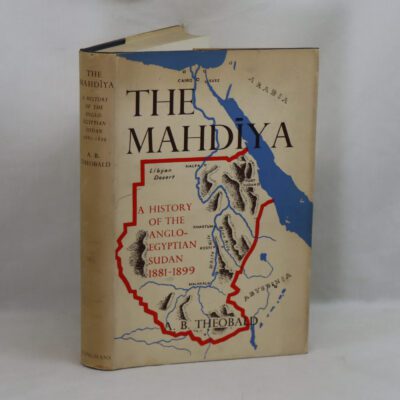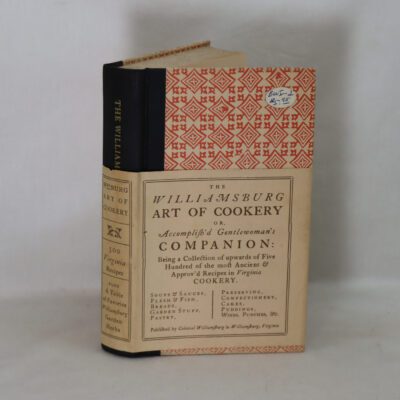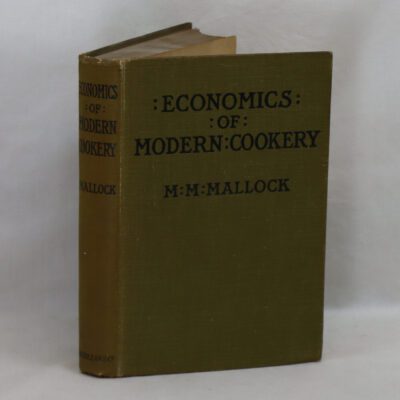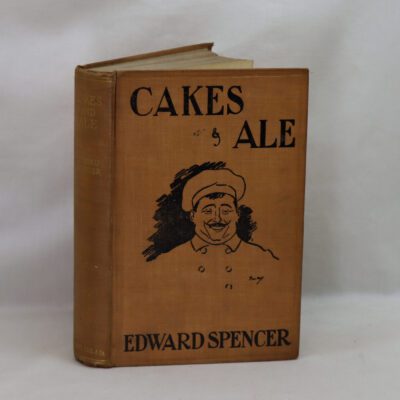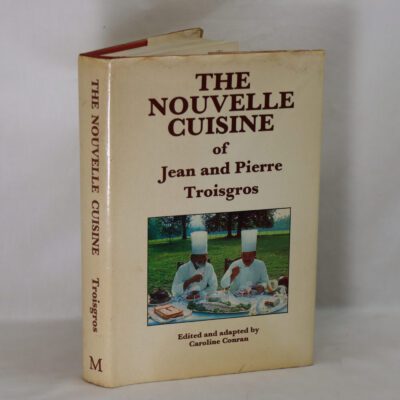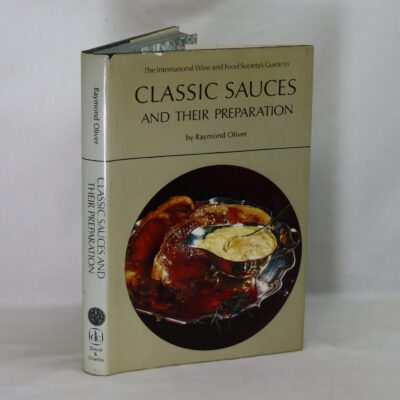Ions Electrons and Ionising Radiations.
By J A Crowther
Printed: 1949
Publisher: Edward Arnold & Co. London
| Dimensions | 15 × 22 × 2 cm |
|---|---|
| Language |
Language: English
Signed by: Author
Size (cminches): 15 x 22 x 2
Condition: Very good (See explanation of ratings)
FREE shipping
Item information
Description
In the original dust cover. Navy cloth binding with gilt title on the spine.
We provide an in-depth photographic presentation of this item to stimulate your feeling and touch. More traditional book descriptions are immediately available
- Note: This book carries a £5.00 discount to those that subscribe to the F.B.A. mailing list
For conditions, please view our photographs. A nice clean extremely rare copy from the library gathered by the famous Cambridge Don, computer scientist, food and wine connoisseur, Jack Arnold LANG.
This is a signed copy designated to Jack’s father who himself was a famous scientist involved in heavy water research at Cambridge.
Heavy water is a form of water in which hydrogen atoms are all deuterium rather than the common hydrogen-1 isotope that makes up most of the hydrogen in normal water. The presence of the heavier isotope gives the water different nuclear properties, and the increase in mass gives it slightly different physical and chemical properties when compared to normal water. Deuterium is a heavy hydrogen isotope. Heavy water contains deuterium atoms and is used in nuclear reactors. Semiheavy water (HDO) is more common than pure heavy water, while heavy-oxygen water is denser but lacks unique properties. Tritiated water is radioactive due to tritium content. Heavy water has different physical properties from regular water, such as being 10.6% denser and having a higher melting point. Heavy water is less dissociated at a given temperature, and it does not have the slightly blue color of regular water. It can taste slightly sweeter than regular water, though not to a significant degree. Heavy water affects biological systems by altering enzymes, hydrogen bonds, and cell division in eukaryotes. It can be lethal to multicellular organisms at concentrations over 50%. However, some prokaryotes like bacteria can survive in a heavy hydrogen environment. Heavy water can be toxic to humans, but a large amount would be needed for poisoning to occur. The most cost-effective process for producing heavy water is the Girdler sulfide process. Heavy water is used in various industries and is sold in different grades of purity. Some of its applications include nuclear magnetic resonance, infrared spectroscopy, neutron moderation, neutrino detection, metabolic rate testing, neutron capture therapy, and the production of radioactive materials such as plutonium and tritium.
James Arnold Crowther (1883–1950) was a British physicist who worked on beta particle scattering with JJ Thomson in connection with the first tests of modern atomic physics (see plum pudding model) as well as X-ray scattering including practical applications in medical radiology. He authored numerous textbooks and was a founding Fellow of the Institute of Physics. Born in Sheffield, Yorkshire, England on Aug. 28, 1883, Crowther attended Cambridge University from 1903 to 1906. In 1906, as the Hutchison Student of St. John’s and an Open Research Student of Emmanuel, he published “On the coefficient of absorption of the β rays from uranium” based on work he did under the direction of Thomson. In this work Crowther measured the intensity of radiation from uranium as it passed through various materials like mica, cardboard, and especially a series of metal foils. He continued this work for several years with increasingly sophisticated apparatus. Among the important contributions of this work was the introduction of highly collimated beams of radiation and very thin films of metal, enabling a shift from measuring simple absorption values to measuring particle intensity by scattering angle. Ernest Rutherford together with Hans Geiger and his student Ernest Marsden applied these ideas and others to the scattering of alpha particles from metal foils to discover that the atom has a compact nucleus of charge. Crowther continued this work as Mackinnon Student of the Royal Society and then as Fellow of St. John’s through 1924. During this time he wrote “The life and discoveries of Michael Faraday”. During the First World War, Crowther collaborated with Alfred Robb to run one of the first diagnostic X-ray labs, at Addenbrooke’s Hospital in Cambridge. Later, Crowther became the editor of the Handbook of Industrial Radiology, a lecturer (1921–1924) in medical radiology at Cambridge and President of the British Institute of Radiology. From 1924 to 1946, Crowther was chair of the physics department at University of Reading. During this time, he wrote his popular and influential book Ions, Electrons and Ionising Radiations. Also during this period, he helped to found the Institute of Physics.
Want to know more about this item?
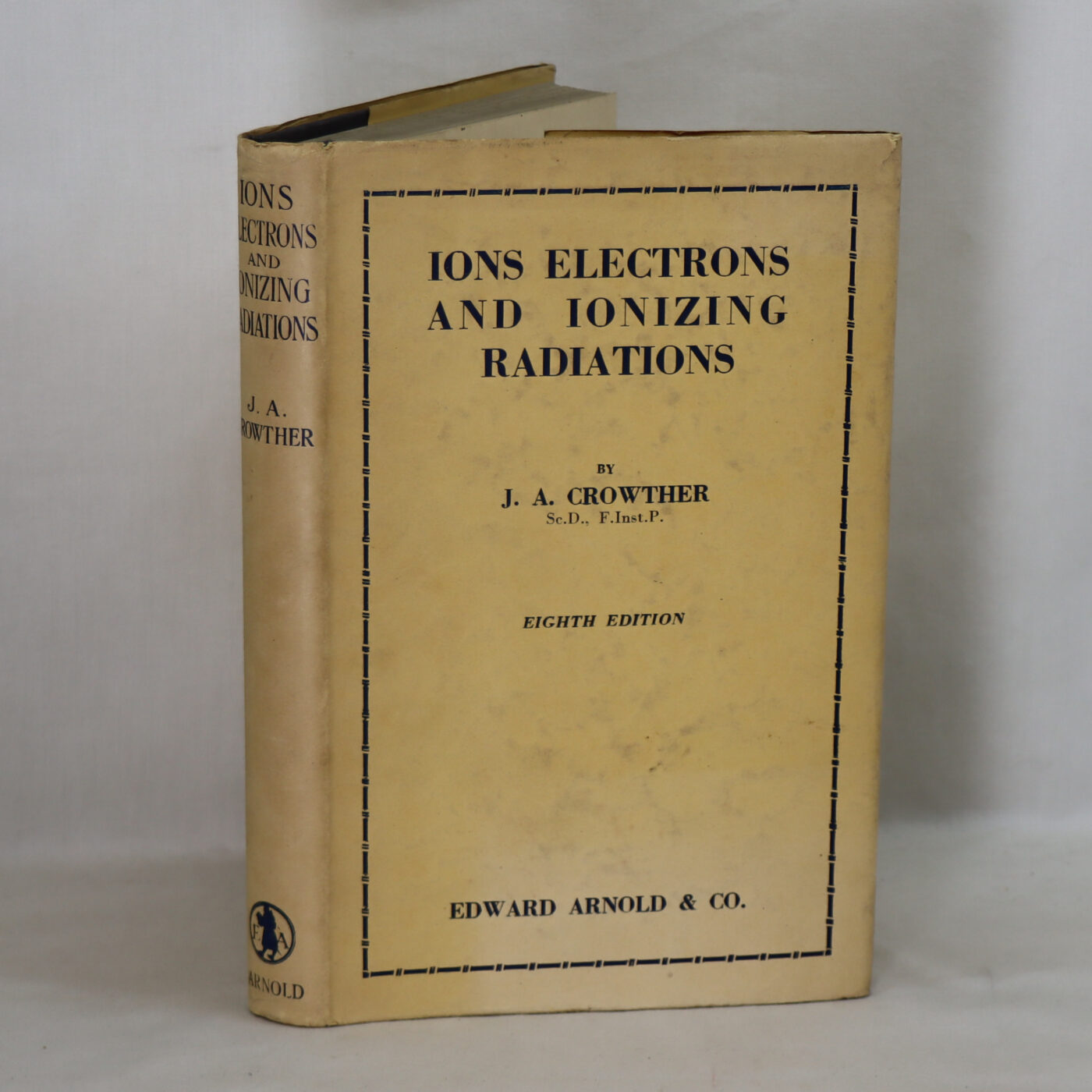
Related products
Share this Page with a friend

